Some movies ask questions. Others leave you with one: “What the hell did I just watch?” These are the films that bypass logic and traditional narrative, diving straight into the surreal, the disturbing, or the flat-out absurd. They don’t just bend the rules; they chew them up, spit them out, and set the remains on fire. In the process, they push boundaries not just of genre or taste, but of how we process story, image, and emotion.
With this in mind, this list looks at ten essential entries in the canon of cinematic WTF—movies that may not make sense, but make memorable impressions all the same. Whether born from artistic vision, creative madness, or pure experimental impulse, these flicks confuse, hypnotize, and occasionally scar. Watch at your own risk. Understanding is optional.
10
‘Santa Sangre’ (1989)
Directed by Alejandro Jodorowsky
“She’s not dead… she’s in my blood!” Santa Sangre (meaning “holy blood”) is a fever dream coated in circus greasepaint and spiritual dread. Directed by master of the offbeat Alejandro Jodorowsky, the plot (if you can call it that) follows a traumatized boy named Fenix (Axel Jodorowsky, the director’s son) who grows into a damaged man under the psychic spell of his armless, fanatical mother (Blanca Guerra). Together, they form a grotesque double act, with Fenix acting as her literal arms in a series of bizarre and bloody crimes.
It’s part giallo, part psychodrama, and part religious hallucination. Jodorowsky draws from tarot, trauma, silent cinema, and Catholic ritual to create a phantasmagoria of broken bodies and haunted minds. There are elephant funerals, murder pantomimes, and moments of real tenderness, often in the same scene. All this amounts to a story of love twisted into control, faith turned to madness, and cinema pushed to the edge of delirium.
9
‘Begotten’ (1990)
Directed by E. Elias Merhige

“No one says anything. The earth just eats.” Few films feel as cursed as Begotten, a grainy, dialogue-free descent into mythic horror that opens with God disemboweling himself and somehow gets more upsetting from there. This experimental nightmare plays like something unearthed from the bottom of a forgotten grave: alien in texture, unsettling in mood, and stubbornly abstract. Shot in high-contrast black and white, the images tremble with decay, violence, and ritualistic obscenity. It references everything from Celtic mythology to Nietzsche and Seven Samurai.
It’s less a film than an invocation. What’s it about? Possibly creation, possibly death, possibly a cosmic loop of agony and rebirth. But “about” feels too rational a word. There’s no plot to follow, no characters to latch onto. Only the queasy sensation that you’re watching something ancient and wrong. If you make it to the end without turning it off, congratulations. You’re part of a very strange club.
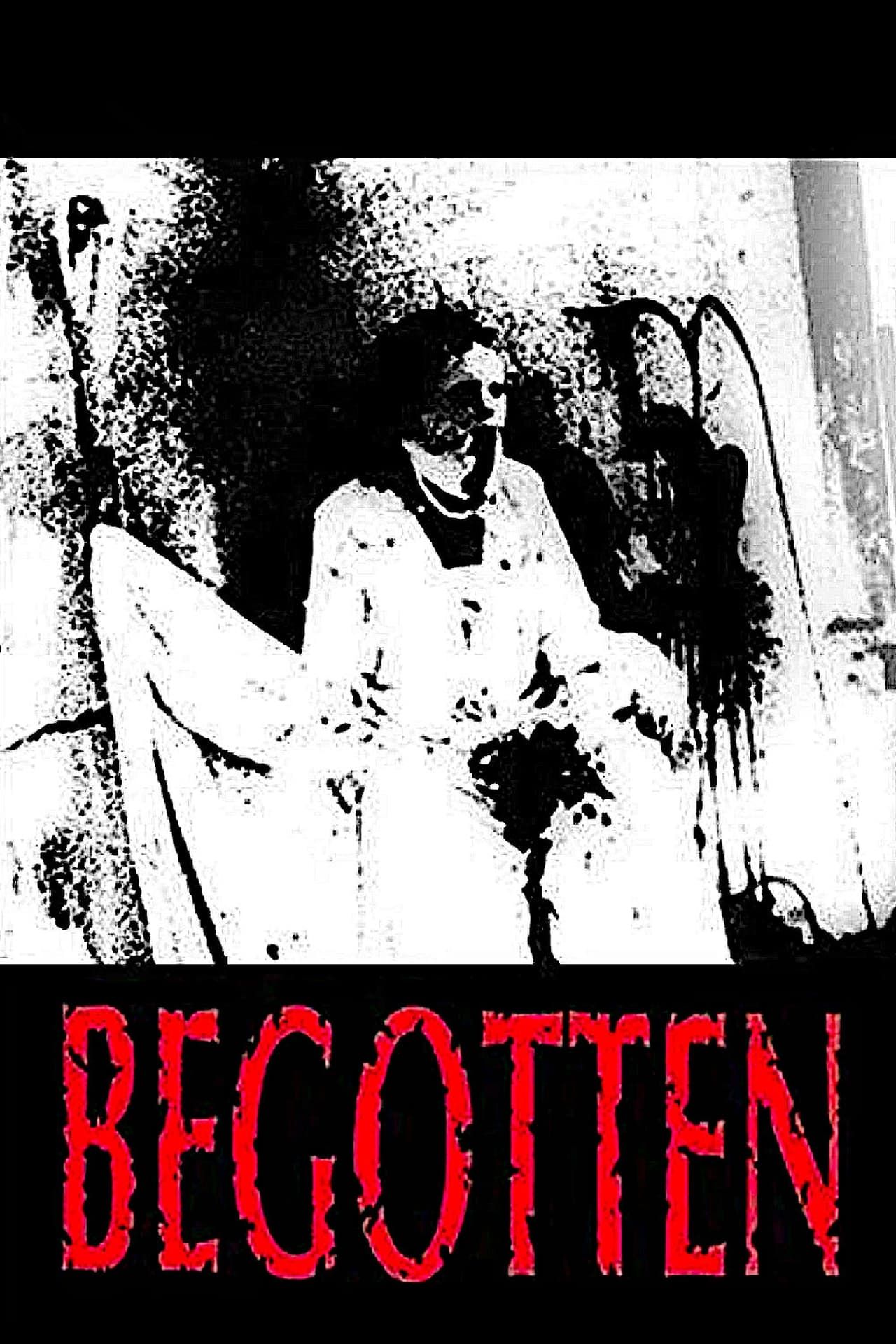
Begotten
- Release Date
-
June 5, 1991
- Runtime
-
72 Minutes
-

Brian Salzberg
God Killing Himself
-

Donna Dempsey
Mother Earth
-

Stephen Charles Barry
Son of Earth
-

8
‘Mulholland Drive’ (2001)
Directed by David Lynch
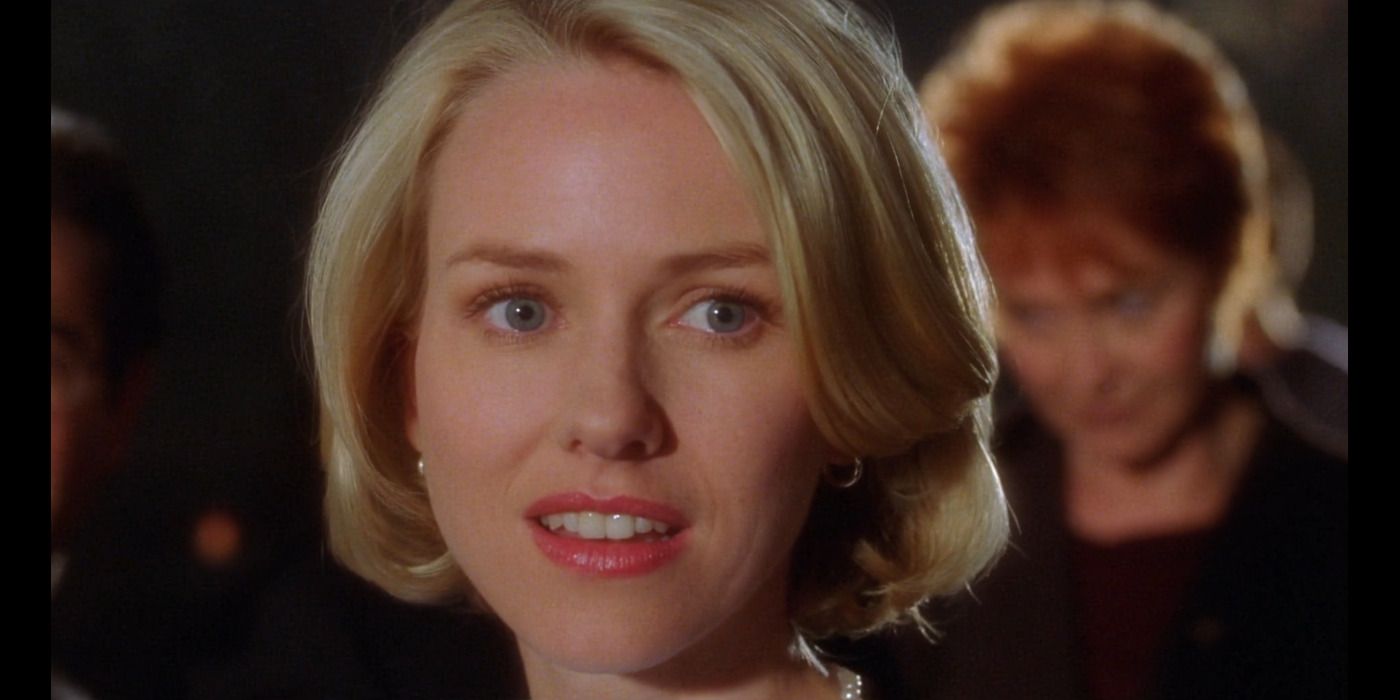
“I just came here from Deep River, Ontario, and now I’m in this… dream place.” Mulholland Drive starts as a noir mystery and ends as a psychological black hole. Naomi Watts stars in it as a bright-eyed ingénue who may or may not be a hallucination, a ghost, or a guilt-ridden dream. The story twists around her like a car crash, a blue box, a terrifying dumpster monster, and a career-making audition that somehow turns into a breakdown.
This avant-garde riddle is shot through with longing, horror, and the seduction of self-deception. Every time you think you’ve figured it out, Lynch pulls another layer away, revealing something uglier (or more beautiful) beneath. In the end, it’s not a puzzle to solve but a mood to drown in. Depending on one’s point of view, it’s either pretentious and confusing or a masterpiece of disorientation. Either way, Mulholland Drive doesn’t just mess with your head. It makes your subconscious its playground.
7
‘Rubber’ (2010)
Directed by Quentin Dupieux

“Why? Because it’s in the movie.” Rubber is a film about a sentient tire that rolls through the desert blowing up people’s heads with its mind. That sentence alone should qualify it for this list, but Quentin Dupieux isn’t content with simple absurdity. Instead, he adds a meta-layer of spectators watching the film within the film, commenting on the action, dying mid-viewing, and forcing you to question the point of storytelling itself. So much oddness is crammed into just 82 minutes.
The finished product is a movie about the meaninglessness of movies, delivered with deadpan surrealism and unexpected gore. Somehow, it’s both funny and weirdly haunting. The tire—yes, the tire—feels like a symbol for everything: rage, loneliness, purposeless violence, the viewer’s own passive destruction. Or maybe it means nothing at all, and this is just a trashy movie about a killer tire. Up to you.
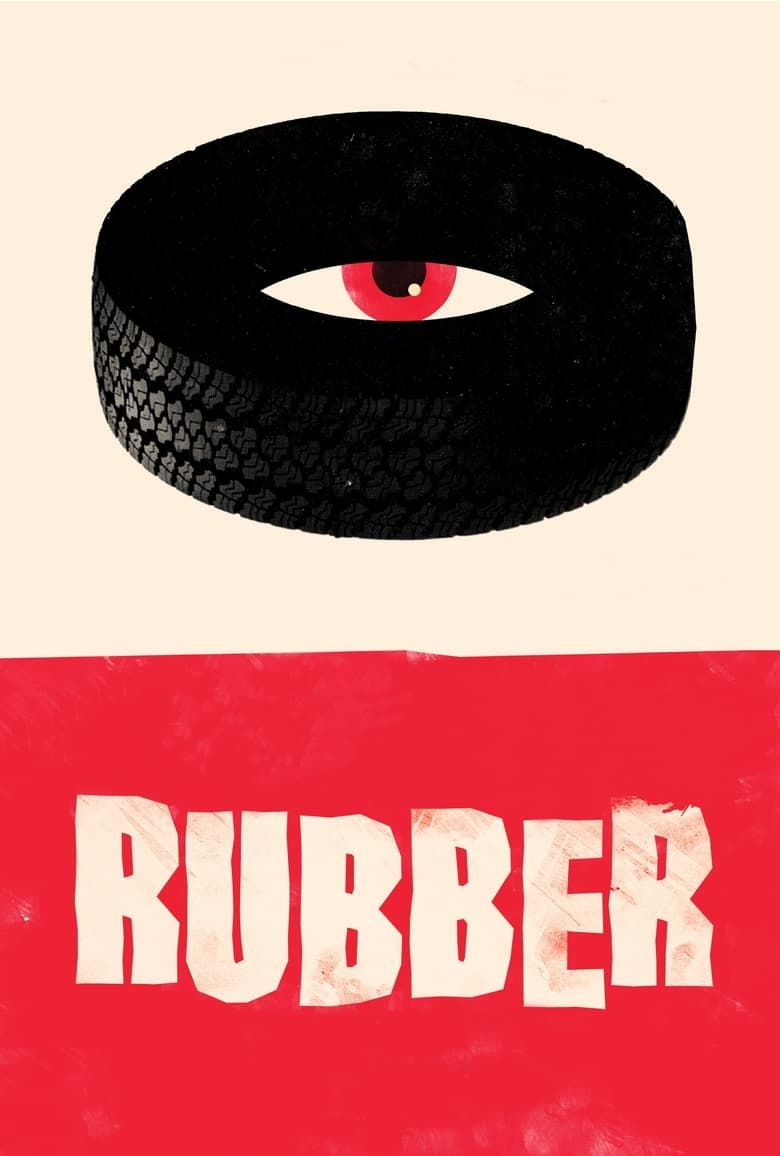
Rubber
- Release Date
-
November 9, 2010
- Runtime
-
82 minutes
6
‘Gummo’ (1997)
Directed by Harmony Korine
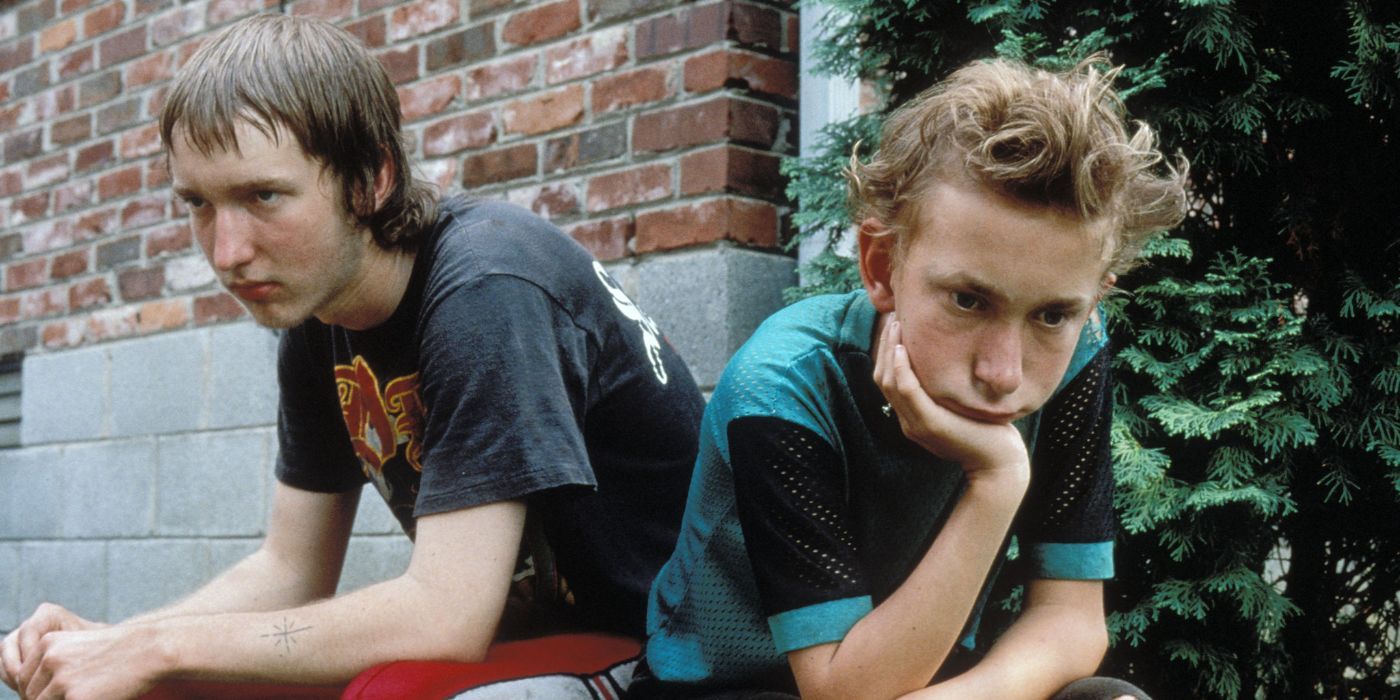
“God bless America, and God bless you.” Set in a tornado-ravaged Ohio town and shot like a possessed home, Gummo deals less in story and more in atmosphere. Spring Breakers‘ Harmony Korine, in his directorial debut, stitches together vignettes of poverty, cruelty, tenderness, and nihilism, following kids who glue together dead cats, bodybuilders who wander shirtless, and families who eat spaghetti in bathtubs. There’s a strange kind of poetry to it all, buried beneath filth and alienation.
It’s one of the rare films where ugliness becomes its own form of expression. Nothing feels scripted, everything seems broken, and yet it lingers with uncomfortable intimacy. In it, some see exploitation, others see truth. But either way, Gummo dares to look at the type of Americana most movies turn away from. It holds a grimy mirror up to the strange, fragile, feral reality of people abandoned by everything but their own weirdness. Everything about it screams ‘cult classic’.
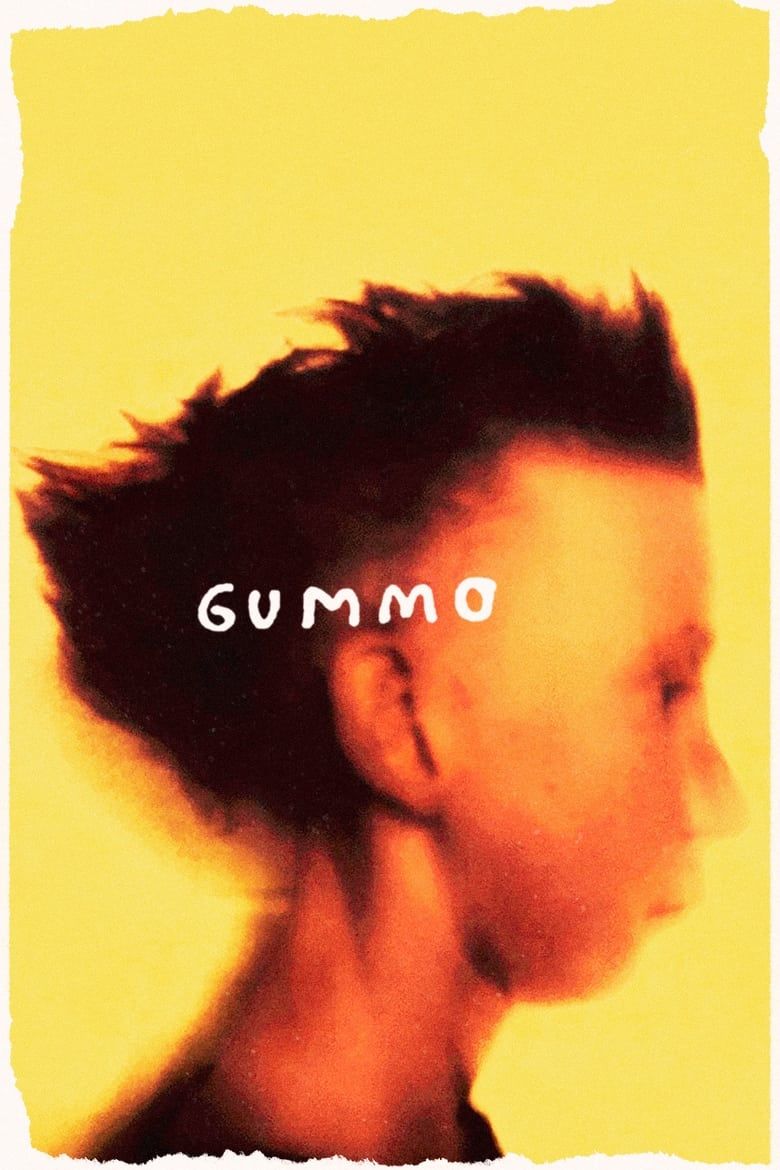
Gummo
- Release Date
-
October 17, 1997
- Runtime
-
89 minutes
Cast
-

-

Linda Manz
Solomon’s Mother
-

-

5
‘Tetsuo: The Iron Man’ (1989)
Directed by Shinya Tsukamoto
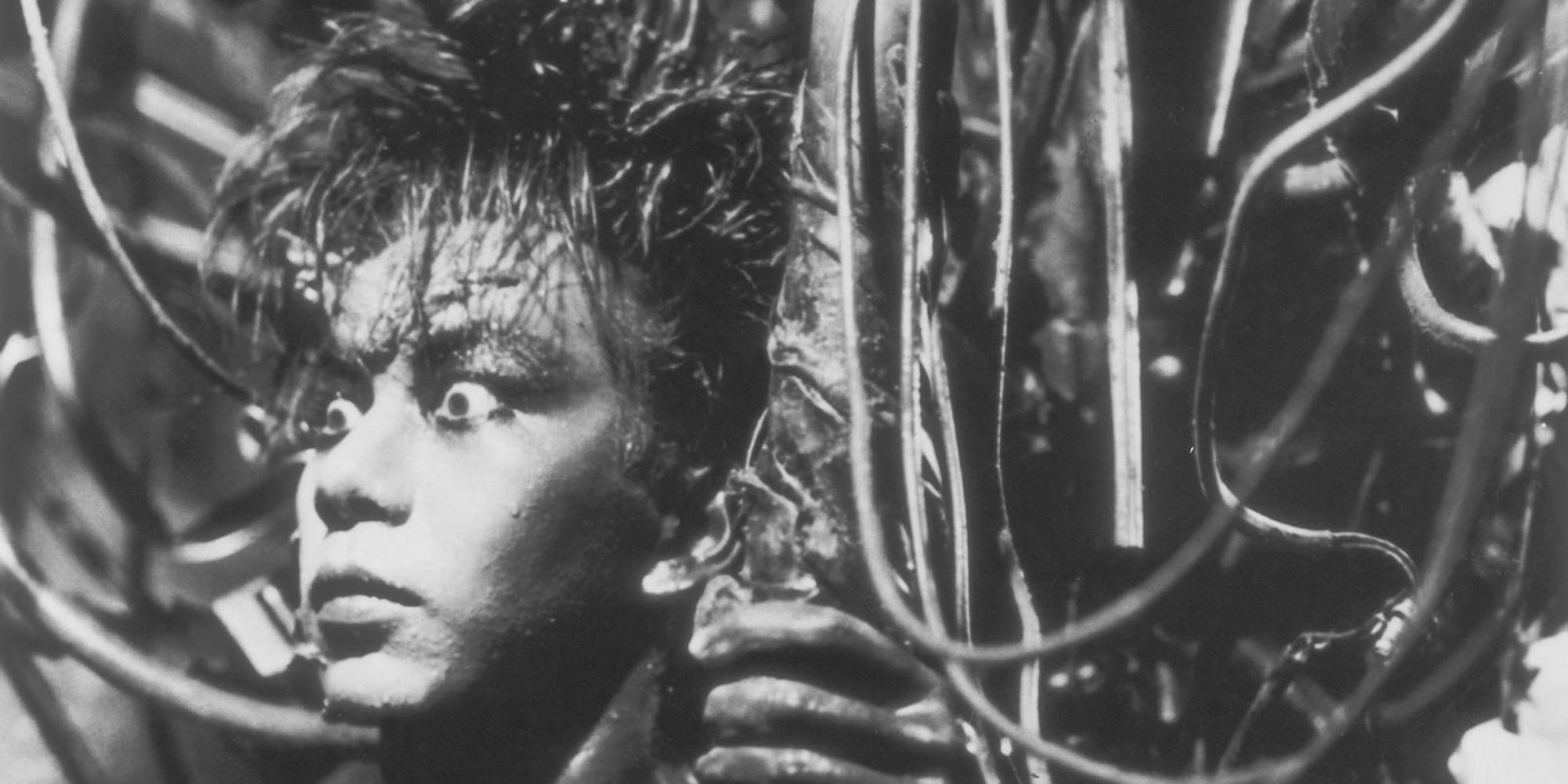
“I can’t stop the metal from growing.” A nightmare forged from rust, body horror, and industrial noise, Tetsuo: The Iron Man is a kinetic explosion of anxiety. This black-and-white Japanese cyberpunk film follows a “salaryman” (basically a white-collar office drone) played by Tomorowo Taguchi who, after a bizarre accident, finds his flesh slowly overtaken by machinery. Wires erupt from his skin, gears churn beneath the surface, and eventually, he becomes a living weapon of steel and madness. It’s like watching Cronenberg on speed while Godzilla smashes through your nervous system.
Tetsuo plays like a cinematic panic attack, replete with rapid cuts, shrieking sound design, and stop-motion madness. But beneath the chaos is a deep sense of alienation; man consumed by modernity, sex fused with circuitry, humanity rusting under its own invention. It’s loud, grotesque, and full of food for thought. You might not know what you just watched, but you’ll feel it in your (probably gritted) teeth.
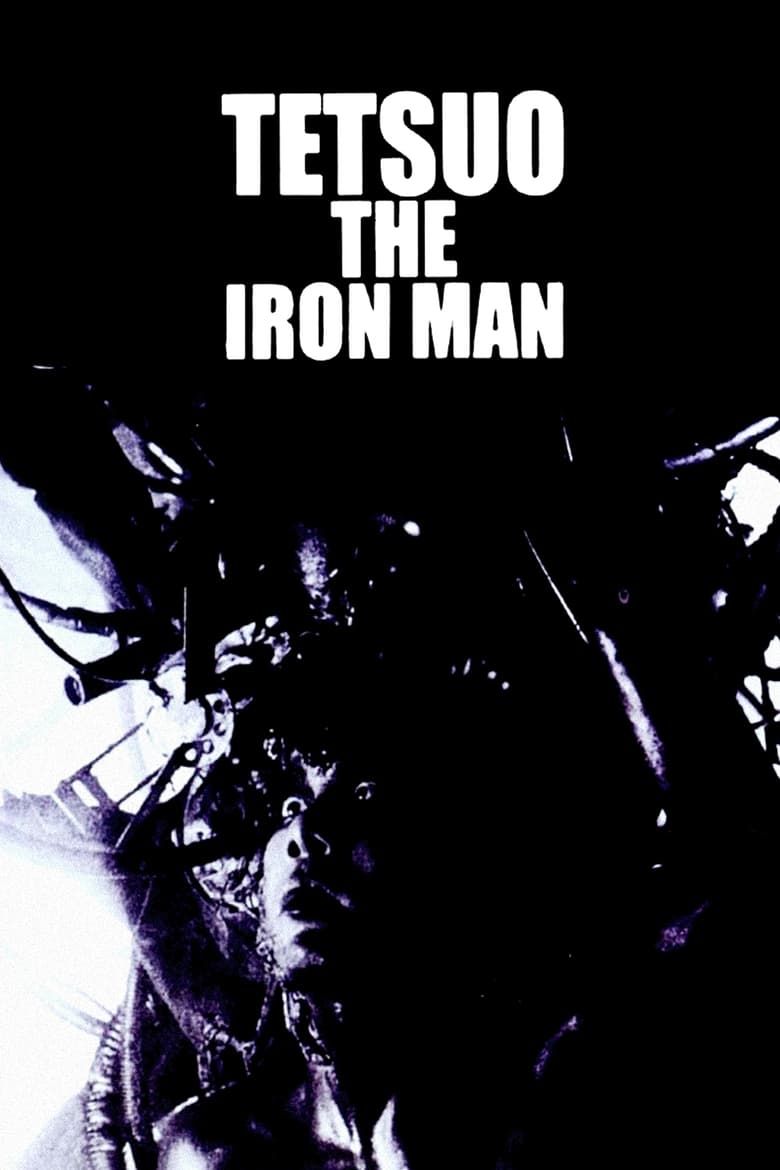
Tetsuo: The Iron Man
- Release Date
-
July 1, 1989
- Runtime
-
67 minutes
-

Shinya Tsukamoto
Metal Fetishist
-

Tomorowo Taguchi
Salaryman
-

-

Nobu Kanaoka
Woman in Glasses
4
‘Holy Motors’ (2012)
Directed by Leos Carax
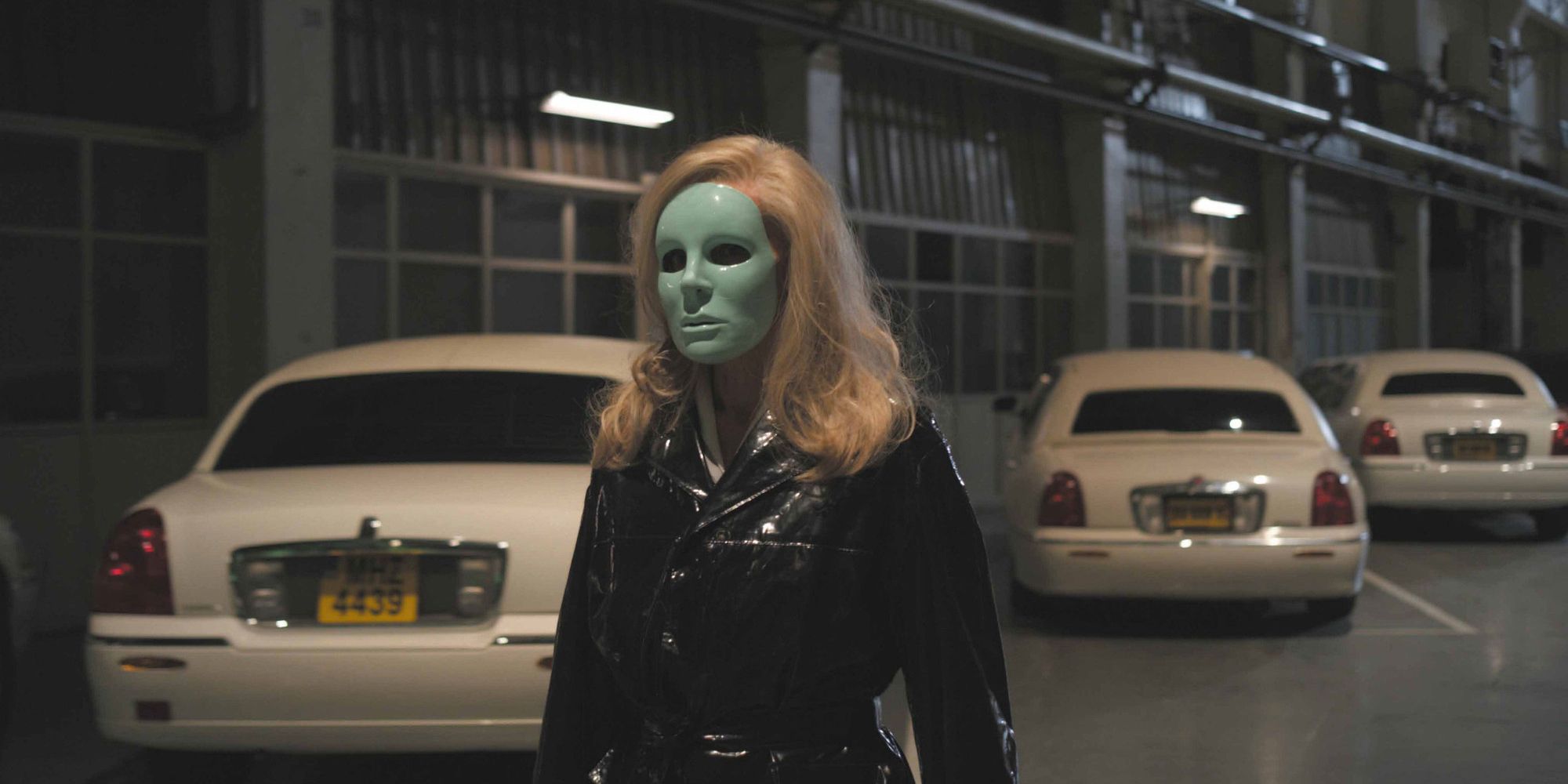
“Beauty? In the act of dying?” Leos Carax has made several strange movies, but the crown jewel in his filmography of oddness is Holy Motors. It’s pure dream logic. Or perhaps anti-logic. It centers on a mysterious man named Monsieur Oscar (Denis Lavant), who rides around Paris in a white limousine, donning elaborate disguises and performing inexplicable “appointments” across the city. One moment, he’s a dying man in bed. The next, he’s a sewer-dwelling troll kidnapping Eva Mendes. Later, he’s a motion capture performer in a surreal sex simulation.
These vignettes form a weird but memorable love letter to performance, to cinema, and to the many selves we wear like costumes. The movie is maddening, opaque, and occasionally moving. There’s no linear story here—only the ghost of one, haunting the screen like a memory you’re trying to piece together. It’s about identity, artifice, death, and digital decay. It’s a masterpiece of “WTF did I just watch?” energy.
3
‘Enter the Void’ (2009)
Directed by Gaspar Noé
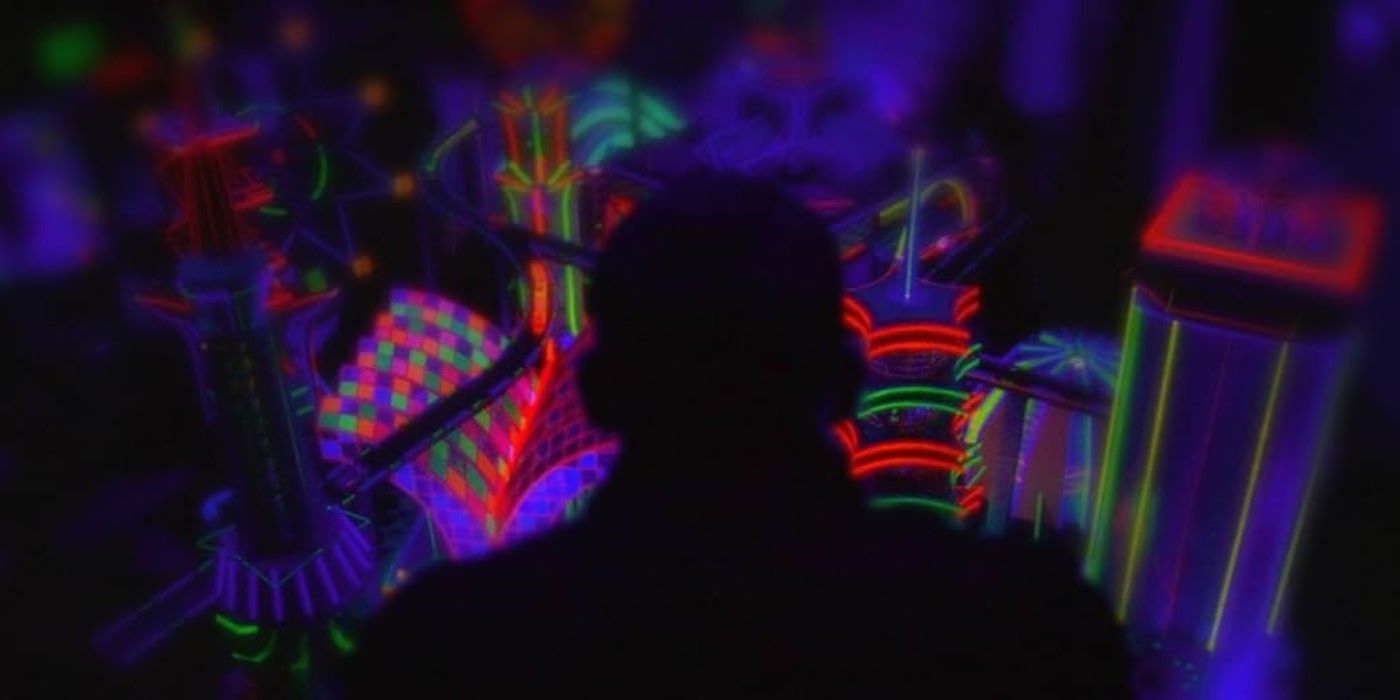
“I’m not afraid of dying. I’m afraid of not living enough.” There are trips, and then there’s Enter the Void. Gaspar Noé‘s fluorescent epic of life, death, and reincarnation is shot mostly from a first-person perspective (sometimes from a floating soul) as we follow the spirit of a dead drug dealer drifting over Tokyo. The camera soars, spins, crashes through ceilings, and lingers over everything: sex, grief, birth, memory. Cinema as sensory overload.
The movie is most well-remembered for its striking, multicolor title sequence, which has been ripped off several times, most notably in the music video for Kanye West‘s ‘All of the Lights’. But the whole film is as hypnotic and overwhelming as the opening; a two-and-a-half-hour out-of-body experience. Enter the Void pulses with neon and dread, bathing you in colors and sound until you feel less like a viewer and more like an astral projection. Beneath these bells and whistles is a story about connection, cosmic repetition, and the fragile threads between people.
2
‘Eraserhead’ (1977)
Directed by David Lynch
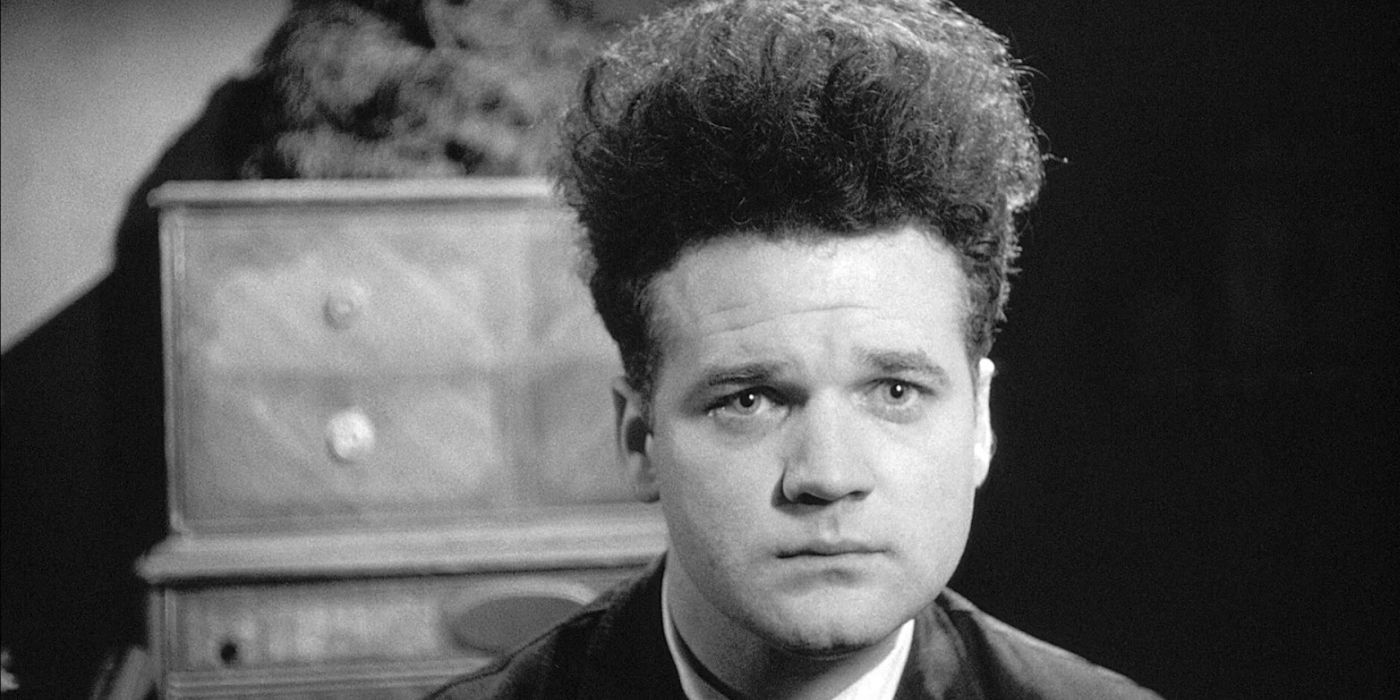
“They’re still not sure it is a baby.” The granddaddy of cinematic WTF, Eraserhead remains perhaps Lynch’s most potent and disturbing work, even if it’s not as ambitious as Mulholland Drive. Shot over five years on a shoestring budget, it follows Henry Spencer (Jack Nance), a quiet man trapped in a decaying industrial hellscape, forced to care for a grotesquely deformed child. Sounds simple? It’s not. Every frame hums with existential dread, from the clanking of unseen machines to the woman living in the radiator who sings about heaven.
Lynch himself has said interpretations are up to the viewer, but it’s hard to miss the allegories for about fatherhood, guilt, repression, and the terror of becoming something you didn’t ask to be. What’s certain is the atmosphere: claustrophobic, haunting, and alien. Few movies conjure up a feeling this otherworldly. It’s like dreaming with your eyes open during a nervous breakdown.
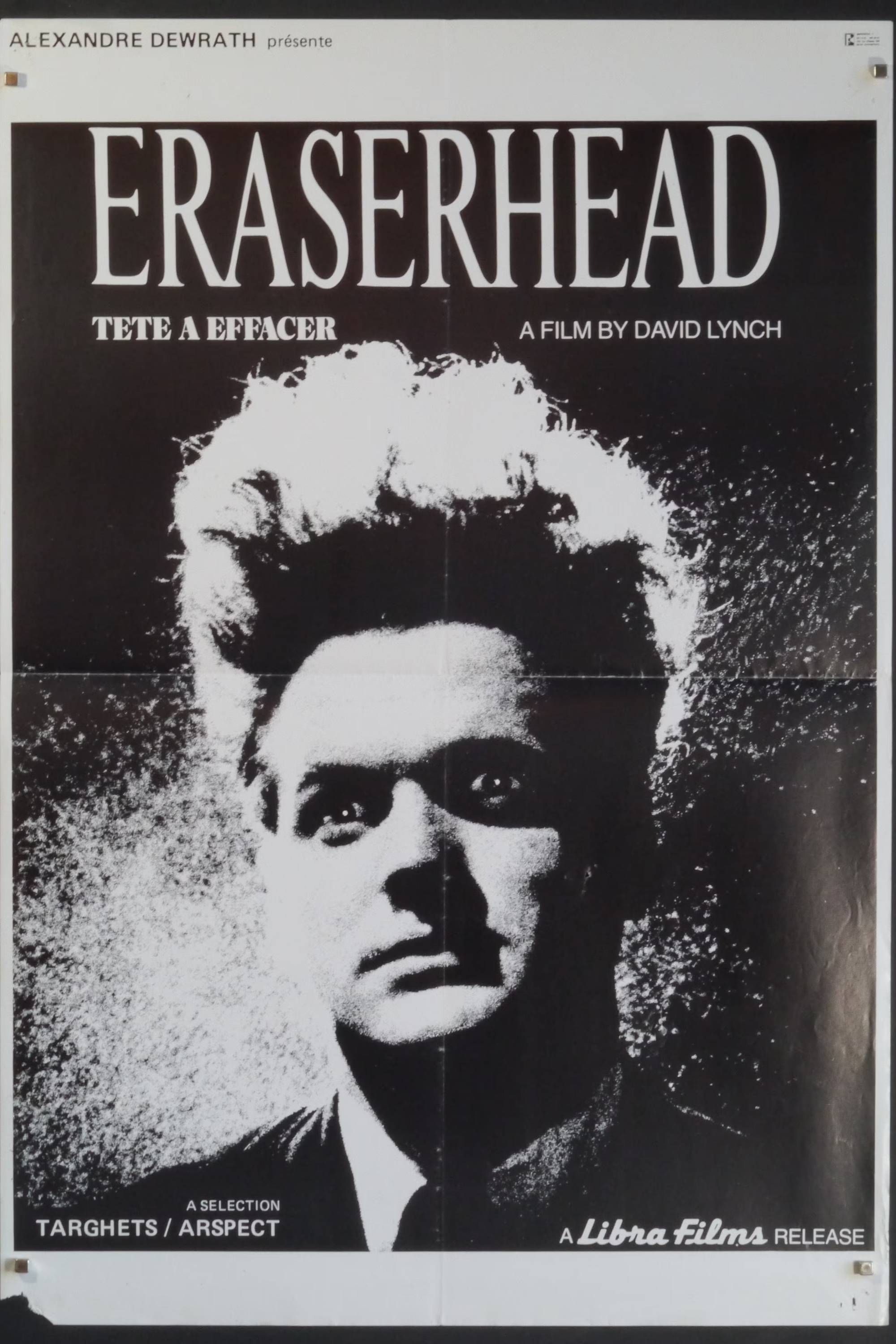
Eraserhead
- Release Date
-
March 19, 1977
- Runtime
-
89minutes
- Director
-
David Lynch
- Writers
-
David Lynch
1
‘Hausu (House)’ (1977)
Directed by Nobuhiko Obayashi
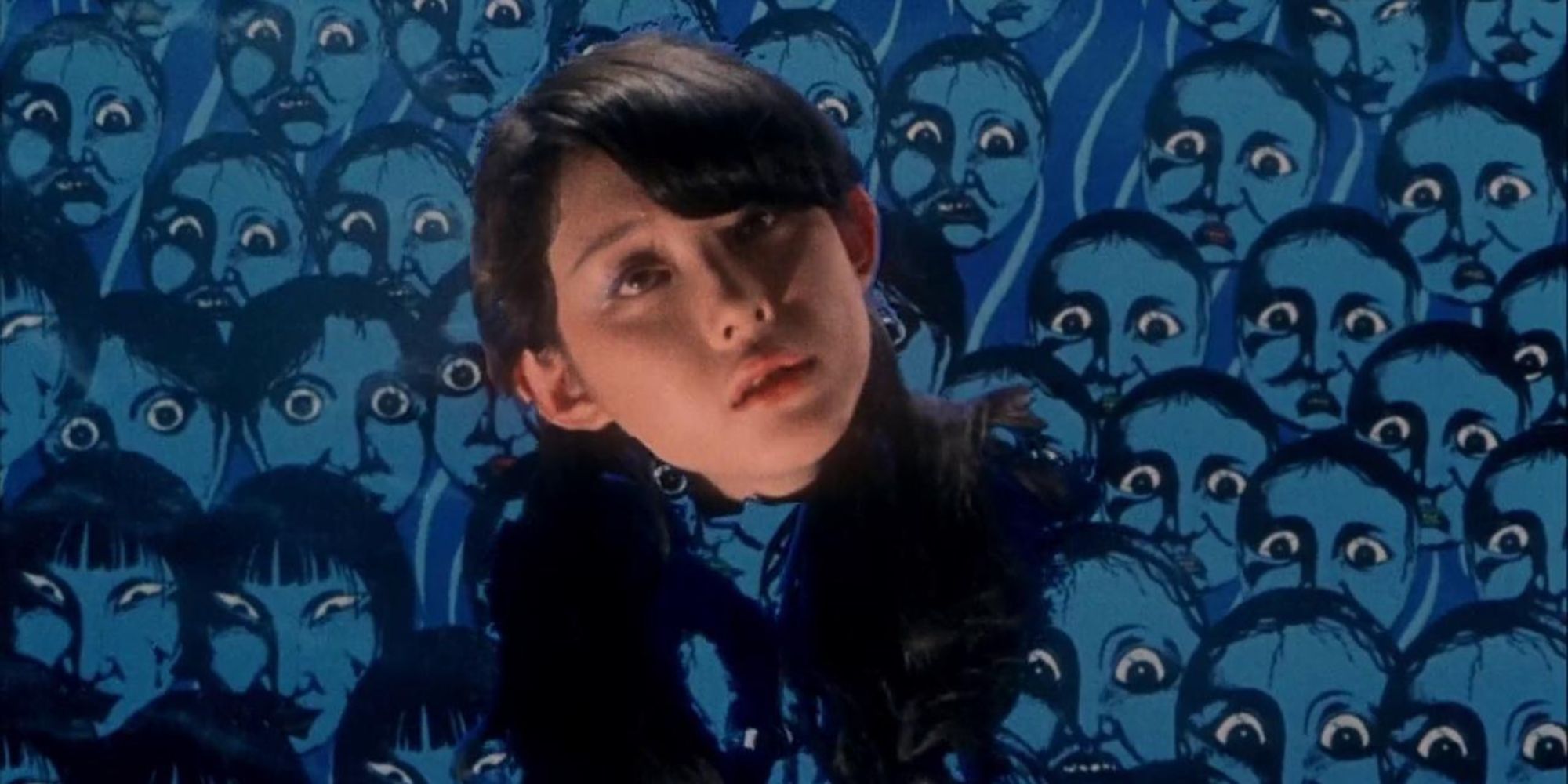
“Meeeelllllltiiiiing!!!” You haven’t really watched a haunted house movie until you’ve seen Hausu/House. This technicolor explosion of ghosts, giggles, and gory absurdity follows a group of Japanese schoolgirls who visit a countryside mansion that promptly starts eating them—literally. One gets consumed by a piano. Another by a possessed mattress. A severed head bites someone on the butt. And that’s just the first half.
This is Scooby-Doo on acid and scored by prog rock. What makes it so unforgettable isn’t just the bonkers plot but the style: vibrant editing, green-screen madness, striking animation, and giddy horror that feels like it was made by children with access to black magic. Beneath the chaos lies a thread of loss and longing, a haunted war memory buried in candy-colored mayhem. It’s goofy. It’s gorgeous. It’s pure chaos. And, when it comes to surreal cinema, it’s essential. After opening to negative reviews, House understandably developed a cult following.
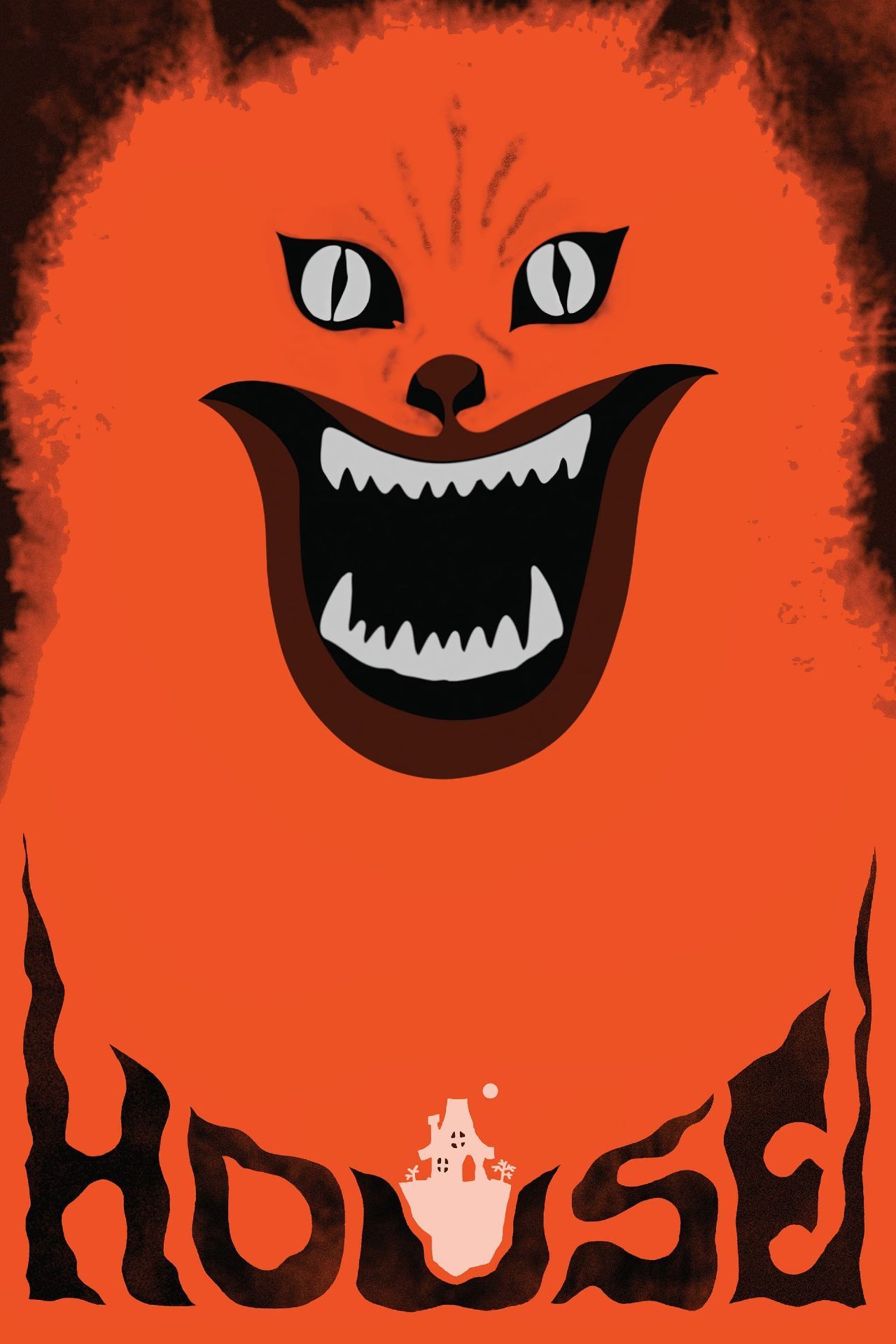
House
- Release Date
-
July 30, 1977
- Runtime
-
88 Minutes
NEXT: The 10 Scariest Horror Movies of the Last 3 Years, Ranked

